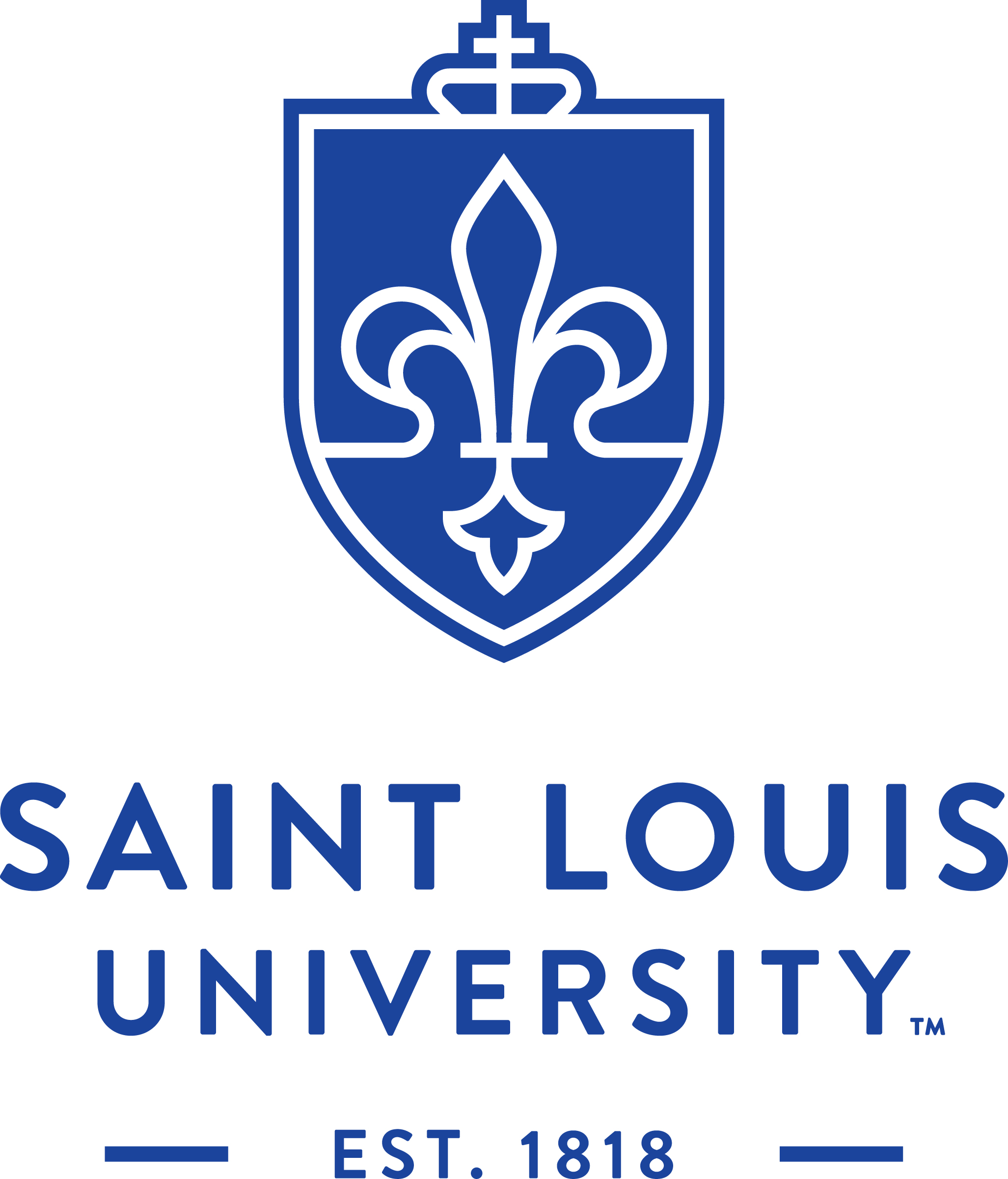Newswise — ST. LOUIS -- COPPER (SLU-01), Saint Louis University’s first spacecraft designed, built, tested and operated by students at Parks College of Engineering, Aviation and Technology, is tentatively scheduled for launch Tuesday, Nov. 19, from the Mid-Atlantic Regional Spaceport at Wallops Island, Virginia. The Air Force Research Laboratory and NASA Missouri Space Grant funded the project development and the launch of COPPER is sponsored by NASA. COPPER's mission is to test the effectiveness of a commercial infrared camera for in-space navigation and object detection, as well as observing the Earth in the infrared spectrum. COPPER is a one-kilogram, 10-centimeter cube design and consists of commercially-available spacecraft parts and student-developed electronics. One of the most significant student-led efforts has been the development of a camera-interface board using a custom field programmable gate array. Parks College students will operate COPPER for 12 months from a radio control station in McDonnell-Douglas Hall on the SLU campus. The spacecraft will naturally de-orbit in less than four years. More than 50 undergraduate and graduate students have worked to create COPPER over the past three years. Primarily students in aerospace, mechanical, electrical and computer engineering have participated, however physics, computer science, civil engineering, biomedical engineering and many other majors have made important contributions. COPPER is a product of the Space Systems Research Laboratory, which is led by Michael Swartwout, Ph.D., and Sanjay Jayaram, Ph.D., Department of Aerospace and Mechanical Engineering, and Kyle Mitchell, Ph.D., Department of Electrical and Computer Engineering, at SLU’s Parks College. "Just three years ago, COPPER was an idea scribbled on a dry-erase board,” Swartwout said. “I'm thrilled that these students have converted that idea into a functioning spacecraft, and delivered it on-time to NASA for launch. These students have learned how to operate in the messiness of real-world engineering, where cost, schedule, performance and risk all play havoc with your beautiful computer-rendered model. They're going to be better engineers because of this experience." Theodosios Alexander, Sc.D., Dean of Parks College, applauded the work that led to SLU’s participation in this important project. “Our Space Systems Research Laboratory is internationally known for excellence in satellite launch activities,” Alexander said. ”This is one example of the interdisciplinary nature of the research-inspired hands-on Parks College education designed to prepare tomorrow’s world leaders.” COPPER will launch as part of the Air Force Research Laboratory’s ORS-3 Mission, also known as the Enabler Mission. The mission will demonstrate launch and range improvements that include: automated vehicle-trajectory targeting, range-safety planning and flight termination; employ a commercial-like procurement with FAA licensing of a Minotaur 1; and launch the Air Force’s Space Test Program Satellite-3 and 28 CubeSats on an Integrated Payload Stack. These enablers not only focus on the ability to execute a rapid call up mission, they automate engineering tasks that once took months and reduce those timelines to days and/or hours resulting in decreased mission costs. NASA is partnering with the Space Testing Program on this launch, and is sponsoring the launch of 11 of the spacecraft, including SLU’s COPPER. Schools and NASA centers across the country are contributing spacecraft to the flight, including the first-ever spacecraft built by high school students. The 29 satellites on ORS-3 constitute the largest number of spacecraft ever released from a single rocket. To schedule media, call Jeanette Grider, University Communications, at314-977-2538.
Saint Louis University to Launch Spacecraft in Conjunction with NASA, USAF
COPPER was designed, built and tested by students from SLU's Parks College of Engineering, Aviation and Technology.

19-Nov-2013 4:00 PM EST,